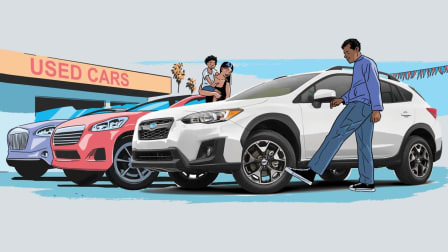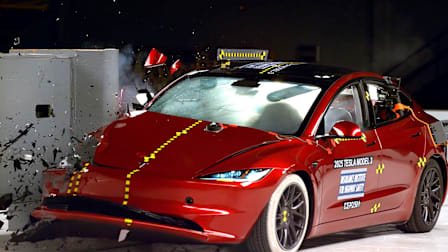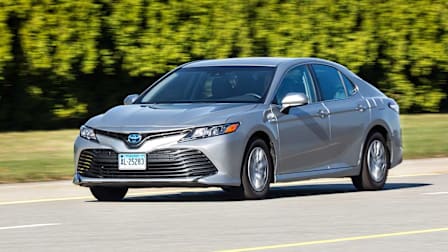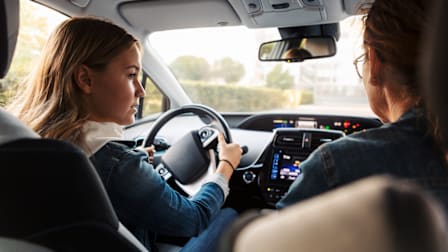New Research Highlights Opportunities to Improve Automatic Emergency Braking
The safety technology needs to evolve to prevent higher-speed crashes, AAA researchers say
Automatic emergency braking (AEB) prevents or reduces the impact of low-speed rear-end collisions. But new crash tests from AAA serve as a warning to drivers that the safety technology can’t prevent all crashes.
Automatic emergency braking can detect obstacles and automatically brake to avoid a collision or lessen the severity of impact. But not all AEB systems work at speeds higher than 40 mph, and none are designed to prevent “T-bone” crashes at intersections or left turns in the path of oncoming traffic.
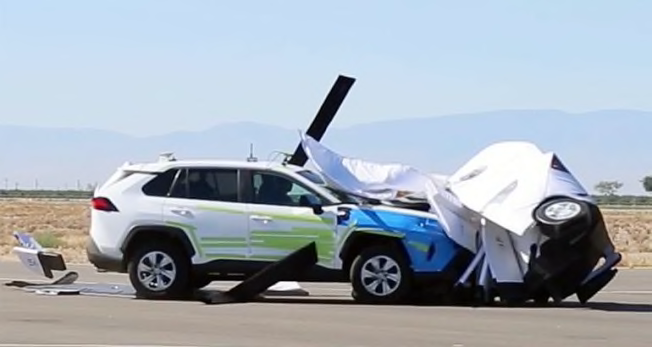
Photo: AAA Photo: AAA
Even if it can’t prevent a collision, AEB is still beneficial where it can lessen the impact of a crash, says Jennifer Stockburger, director of operations at CR’s Auto Test Center. “Any reduction in speed is beneficial for helping to reduce the potential for injury in a crash,” she says.
AEB is currently standard equipment on almost all new vehicles. Most current systems can also detect pedestrians and some can stop for cyclists, motorcycles, and even large animals. The Insurance Institute for Highway Safety (IIHS) estimates that when combined with forward collision warning (FCW), AEB can reduce rear-end crashes by half. CR currently awards additional points to a vehicle’s Overall Score for models that have AEB with pedestrian detection as standard equipment and for AEB that operates at highway speeds. In order to be named a CR Top Pick, a vehicle must have both.
IIHS has already introduced a new nighttime test to determine how well AEB systems with pedestrian detection can prevent crashes in the dark. The organization already found that such systems have trouble detecting moving pedestrians at night, on roads with speed limits of 50 mph or above, or when a vehicle turns into the path of a pedestrian.
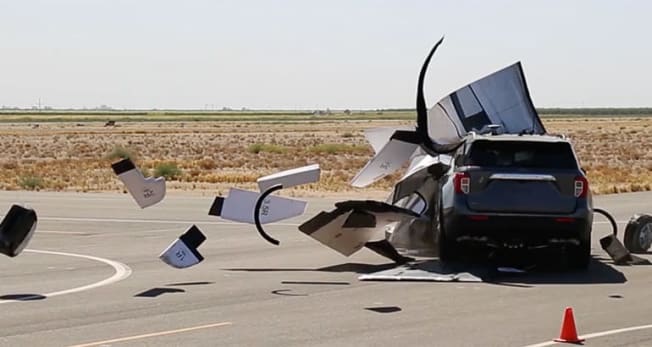
Photo: AAA Photo: AAA

















